Way to make a Travel > Destinations > Best islands to stay in Croatia
ZADAR ARCHIPELAGO, CROATIA – has grown as a top summer destination, attracting explorers, sunbathers, and cultural enthusiasts alike. Its popularity originates not only from its spectacular natural beauty, but also from its vibrant seaside towns, delectable cuisine, and welcoming atmosphere. But Croatia has more to offer. Imagine the perfect island honeymoon: ocean waves crashing against the shore, shimmering in the setting sun, and two loving hearts embracing beneath the kissing sun, leaving all cares behind. Here are some of the best islands to stay in Croatia, famed for their breathtaking sunsets, secluded beaches, and shimmering turquoise waters.
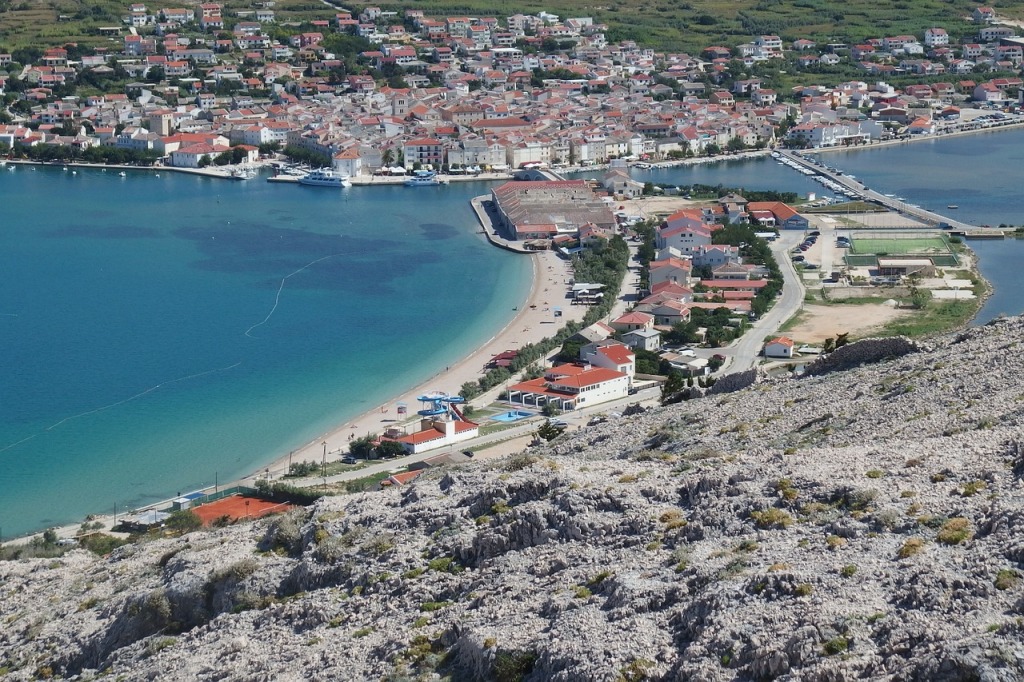
Salt and lace island
The island of Pag on the western part of the Zadar Riviera, makes it one of the best islands to stay in Croatia for numerous reasons. Because of the unique landscape of rocky karst the island gives an impression that it was pushed into the sea, torn away from the Velebit mountain range, which has looked down on it grimly for thousands of years. This meeting of mountains and sea essentially determined the fate of all life on the island of Pag. Already settled in prehistoric times, the island lived off the abundance of its own barrenness – the people of Pag made the best of difficult living conditions for centuries. And these conditions are indeed a gift of nature.The island is immersed in the sea like a karst Mediterranean mountain, with an unusually indented coast, pebble beaches and crystal clear sea. Mediterranean nature is represented on Pag in its most elemental form, and its inhabitants, in harmony with this unique environment, created the foundation of their life: salt, sheep’s cheese and lace. The history of the island of Pag is particularly focused on salt production, which has a prehistoric tradition, and the largest settlement on the island today was founded in the immediate vicinity of the salt pans. The present town of Pag was founded according to a complete urban plan from 1443, and most likely based on the idea of the Renaissance architect and sculptor Juraj Dalmatinac. The town is home to numerous cultural and historical monuments, from the 15th century cathedral Church of St. Anthony and the Prince’s Palace, to the old salt warehouses on the outskirts of the town. Perhaps the most original example of the need to create subtle beauty, especially in the harsh conditions of nature, is the Pag Sandspit, into which the patience of the seamstress is woven, as if she wanted to reflect the karst disorder of the island landscape with its precise geometry. The sparse vegetation on the island of Pag provides sufficient food for sheep, whose milk is used to produce a high-quality cheese that is famous all over the world. As this vegetation is extremely salty due to the strong north wind Bora, Pag cheese is also very salty and therefore ideal for consumption with local wines. Exploring Pag is equally interesting from the sea as it is by land. A real paradise for sailors is the marina in the town of Simuni, while those who prefer solitude can enjoy it in the numerous bays along the shore. Those who choose to explore the island by road will enjoy discovering picturesque little settlements such as Povljana with the small church of St. Nicholas right by the sea, or Kolan, Mandre and Kosljun. These small towns are true gems of Pag and offer ideal conditions for finding refuge from the hustle and bustle of modern life.
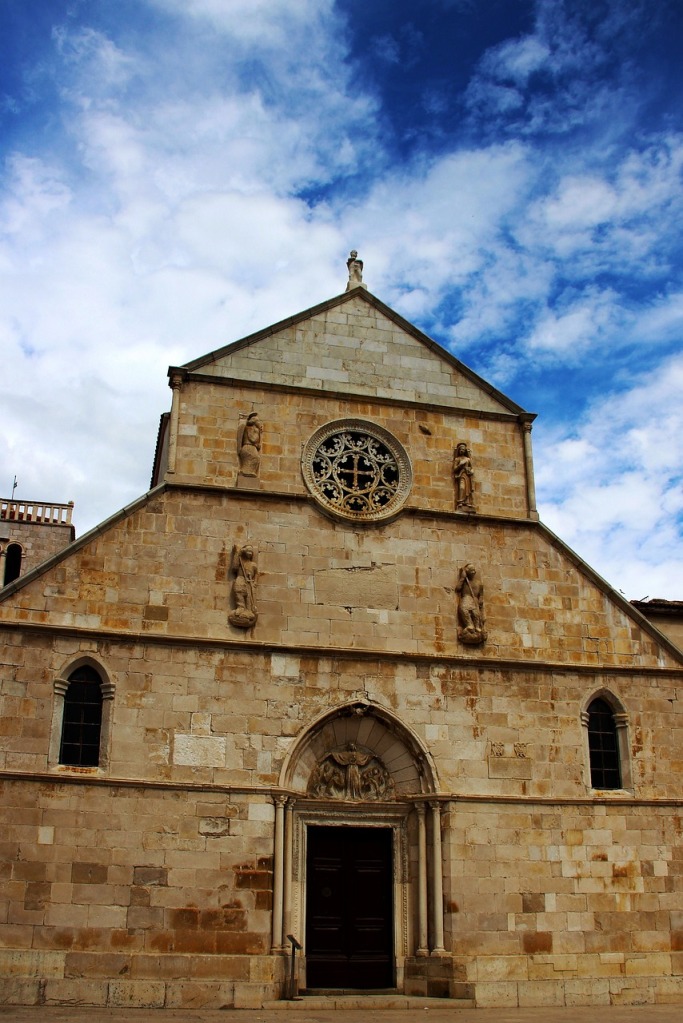
The Green island
The island of Ugljan, located opposite the city of Zadar, is another inclusion in the group of best Islands to stay in Croatia . Long ago, it was the island of farmers and fishermen, but today it is a part of the city, connected to the city center by numerous ferry lines. The lush mediterranean vegetation on Ugljan surrounds numerous small villages where people have lived from olive growing and fishing for centuries. Seen from the mainland, the remains of the medieval fortress of St. Michael rise above the island like two sentinels, offering a magnificent panorama of the Zadar archipelago and the town itself, while the masts of the fishing boats and the red roofs of the houses reflect a typical image of the settlements on Ugljan. For centuries, the life of the people in these settlements has been tied to nature, but also to faith, which provides the framework for some of the customs of today, such as the traditional procession in honor of the Snow Madonna in the village of Kukljica. The medieval monks on Ugljan knew the value of the island’s peace and quiet and the fertility of the soil and sea. So, on a small island off the town of Preko, in the 15th century, on the site of the older hermit monastery, the Franciscan monastery of the Third Order was founded, and in the same century a Franciscan monastery was built in the town of Ugljan itself. This special atmosphere of the island also meant a lot to the people of antiquity, As evidenced by the rich remains of Roman and early Christian architecture in the Muline bay. Visitors of more recent times also sought inspiration in isolated places on the island of Ugljan. One of them was the famous Croatian poet Petar Preradovic, who wrote Mali Puca in the village. Modern life takes tourists to Preko and Kali, a small town with the church of St. Lawrence, the patron saint of fishermen, and to Kukljica and Ugljan, where you can still feel the uniqueness of island life on beautiful beaches and in the pretty streets of the settlements.

Oasis of peace
It is worth coming and stay on the island of Pasman, they say. The abundance of peace and quiet gives you the feeling of being immersed in a primeval time, far from modern hectic civilization. Pasman has preserved this peace to this day and every guest gets the impression that time takes a different course there. You can get to the island of Pasman from Biograd na moru by ferry or by crossing the Zdrelac bridge that leads from the island of Ugljan across the Zdrelac strait. But no matter which way you arrive, the effect is unique, both when you dock in ferry dock of Tkon and when you drive across the island. The road leads through the middle of the island between mountains, on which sacred objects often stand, past lower-lying bays where the settlements are located. The landscape of Pasman is exciting in its balance.Here lies the solitude of medieval monasteries such as the 12th-century Benedictine monastery on the top of Cokovac and the 16th-century Franciscan monastery of Kraja, as well as the beautiful coastline. Witness this atmosphere, enjoy peace and quiet, the peace of scorching summer days and the quiet of mild nights. Pasman is also worth a visit all year round, as the mild climate offers a special form of balance in daily life even in winter. In addition to the largest town on the island, there are smaller towns such as Nevidjane with a particularly beautiful beach and archaeological finds from Illyrian and Roman times, and bank with a beautiful bay in a pine forest.
Island of the picturesque fishing nets and olive groves
The picturesque island of Iz is located in the second archipelago off Zadar between the islands of Ugljan and Dugi Otok, near the island of Sestrunj. Beautiful beaches and lush vegetation give the island its characteristic relief, which can be seen from the boat. There are two places on the island, Veli Iz and Mali Iz, whose inhabitants have lived from fishing, olive growing and pottery making for centuries. Fishing nets drying on the shore and olive groves are an unmistakable part of the Izer landscape. The potters, who traditionally arrived on the mainland every morning with their pottery for centuries, became one of the symbols of the Zadar market. They have preserved their skills almost unchanged since prehistoric times. In Mali Iz, an old Croatian church from the 11th century has been preserved as the sacristy of the current parish church, and in VeliIz, the Romanesque summer residence of the Fanfogna family was converted into a church in the 19th century. The island of Iz is the ideal destination for families and nature lovers.
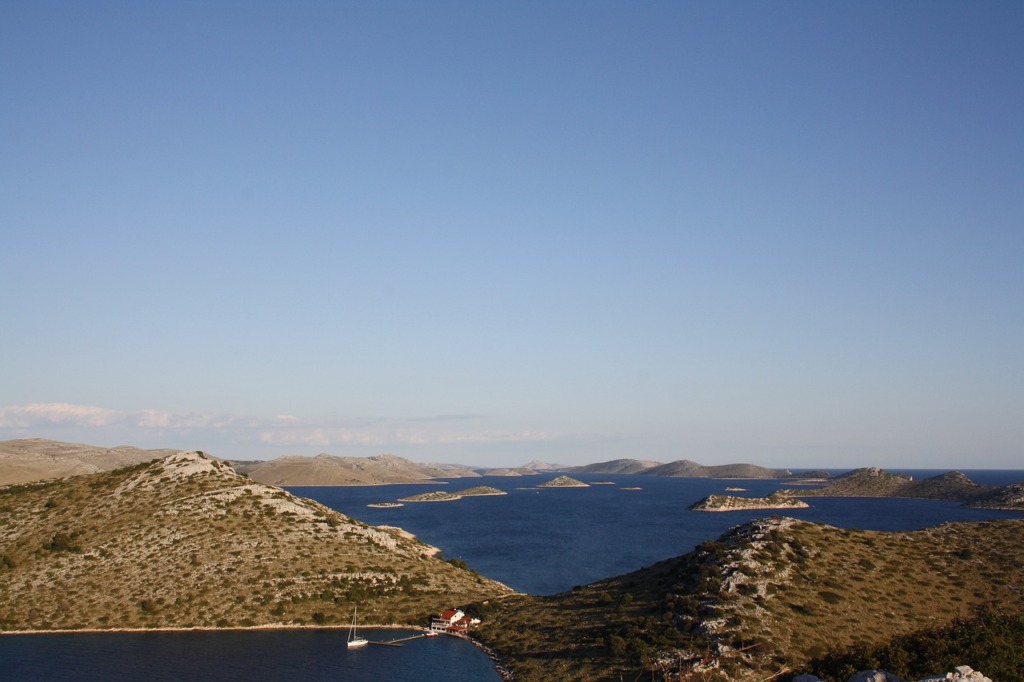
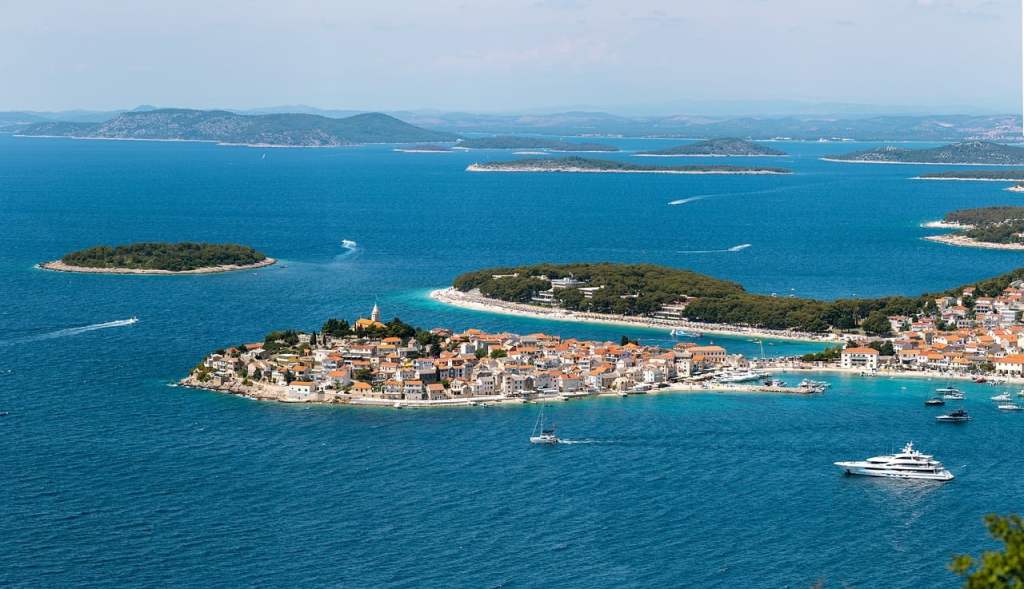

The fishermen’s paradise
Dugi Otok is the last of the best islands to stay in the Zadar archipelago. It could be described as a holiday home for the people of Zadar, their weekend refuge, but also as a place where guests are always welcome. The island is connected to the mainland by road and an impressive panoramic road runs across the islands themselves. This largest island in the Zadar archipelago is also the island with the most indented coastline; in the summer, lovers of true relaxation come to its countless bays. There are eleven settlements on the island, the largest of which is Sali, in the eastern part of the island, a starting point for many trips to the Kornati National Park. The inhabitants of Sali have preserved their ancient customs to this day. One of the most impressive examples is the local festival Saljske uzance. The fishing tradition on this island has a thousand-year history, which begins with a unique historical document that granted the Zadar monastery of St. Grisogonus permission to fish in the bay of St. Victor on Dugi Otok and the island of Molat.
The destination of many tourists on Dugi otok is Bozava, a friendly place on the west side of the island. Of particular beauty in this part of the island is the Sakarun bay, which faces the open sea, with its beach of thick white quartz sand, the color of which makes the sea at this point a special experience. At the very tip of the island is the Veli Rat lighthouse, built in the mid-19th century, one of the largest in the Adriatic. If you are on the island of Dugi otok, you should not miss visiting the towns of Luka, Zman, Zaglav and Savar, or the neighboring small islands of Lavdara, Zverinac or Rava.
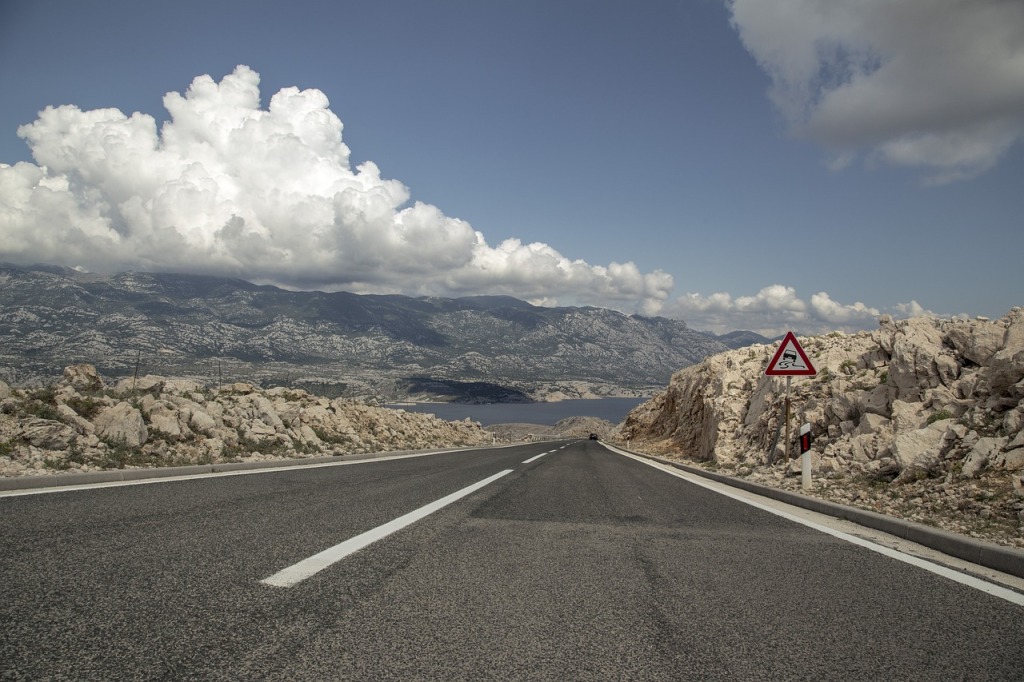
The Western Islands
The islands of the Zadar Riviera end in the west with a series of picturesque islands that are a true paradise for sailors. If you take a trip to this island world from Zadar, you get the impression that these islands are very far out, but they are only a few hours’ drive from the city. The islands of Molat, Premuda, Ist and Olib were once mainly populated by fishermen and sailors who built houses for their families there.Today, these westernmost islands of the Zadar archipelago are sparsely populated and only come to life during the summer months, when the descendants of the old fishermen and sailors and their guests fill the holiday homes. There is only one settlement of the same name on the island of Olib. Numerous bays invite you to swim and practice underwater sports. Silba, with its pebble beaches, is the most popular tourist destination in the west of the Zadar Riviera, while lovers of underwater sports looking for peace and quiet head to Molat, Premuda and is.
Getting to the islands in Zadar Archipelago
Three lines connect the islands with Zadar on the mainland, of which two are ferry lines, and the last one is a fast catamaran ferry line.
Catamaran lines to the Zadar Riviera islands operate daily throughout the year, catamaran lines go from Zadar via the island of Molat to the port of Široka on Ista, and once a week they go directly to the island of Ista. The longest drive from mainland to the islands takes 2 hours, and below you can find more details and table with the timetable of the catamaran from and to the islands where you can buy tickets directly: jadrolinija.hr/
Ticket cost for catamarans is about EUR 8-10 during summer, EUR 5-8 in the preseason and postseason. The price of the ferry ticket is about EUR 7 in summer and EUR 5 in winter. If you want to bring a car to the island, you will need to pay EUR 30 one way.
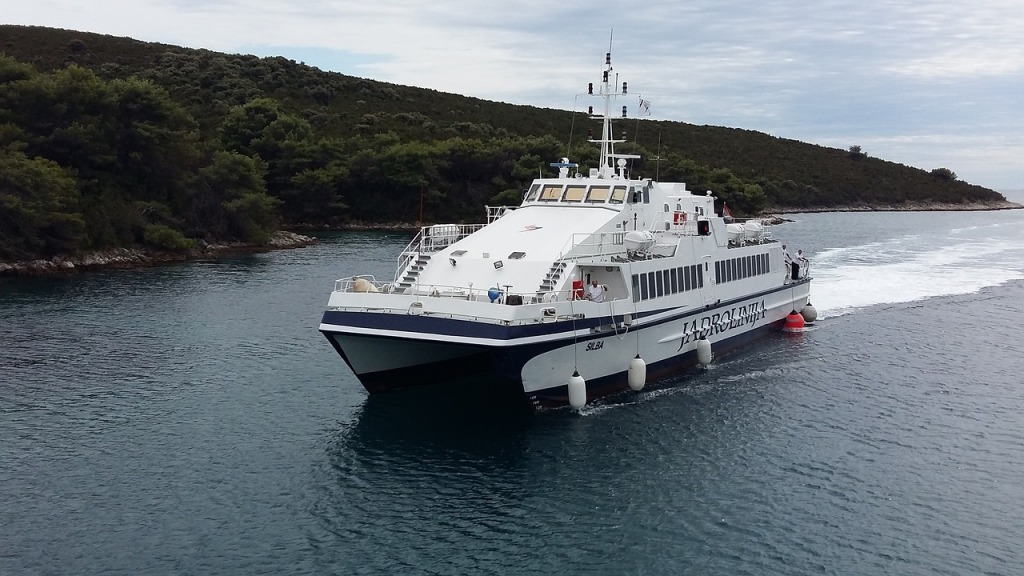
Our Favourite Island Tour: Croatian islands cruise + Land tour with Plitvice – from Zagreb
Tour includes: Accommodation, Transport, Meals, Guide and Additional Services
Highlights: Cruise along Dalmatian coastline and enjoy the scenery, Visit the stunning Plitvice Lakes and see the historic Split, Tour the beautiful Korcula – the birthplace of Marco Polo, Stroll the streets of Dubrovnik – the Pearl of the Adriatic, Soak up the sun, go for a swim and taste local delicacies more details at Tourradar
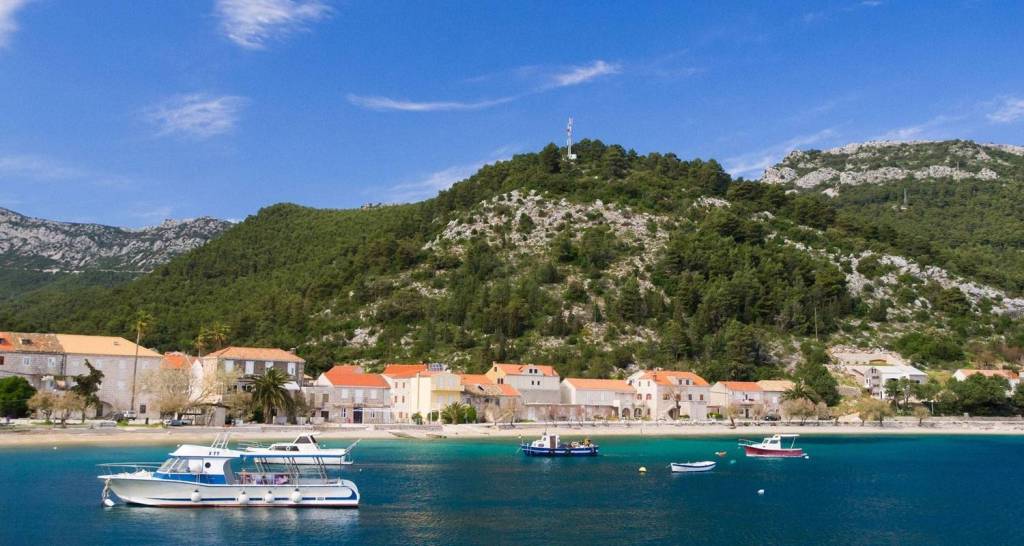
Croatian islands accommodation
Some Islands in Croatia have plenty of reasonably priced, decent-value accommodations but some have really fancy prices. Accommodation is organized in small hotels, apartments, and pensions that have wide range of offers: spacious comfortable rooms, peaceful gardens, sea views, terraces and some of them have swimming pools and outdoor jacuzzis. Breakfast and tax are usually not included in the price. Islands are generally crowded during the peak summer season and the first week of September.
Great location – friendly staff – Excellent stay – by Trivago
Search accommodation in Ugljan Search accommodation in Dugi otok Search accommodation in Iz
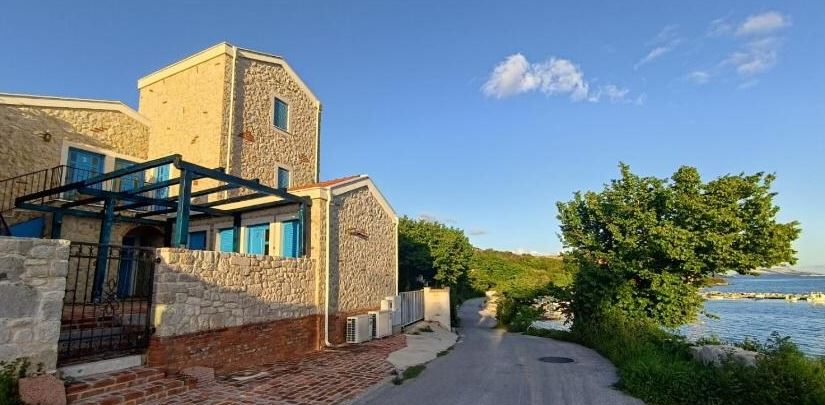
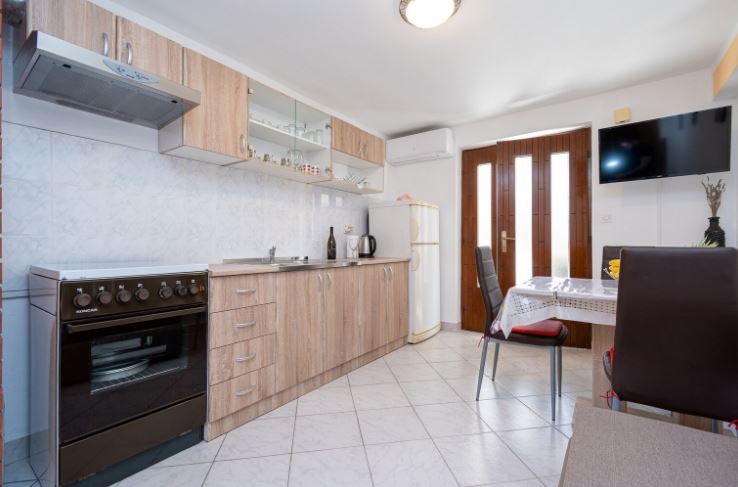
Promotion:



Keywords: #peace and quiet #Best Islands to stay in Croatia #croatian #waytomakeatravel #bookinghotelin #pasman #dugiotok #ugljan #croatian islands #zadar archipelago #croatia islands map
Other simiar stories: Corfu Villas and Hotels Sorrento Villas and Hotels A standout among the Ionian isles


It looks absolutely amazing!
LikeLiked by 1 person
So deserted and wild, definitely worth seeing 🙂
LikeLike